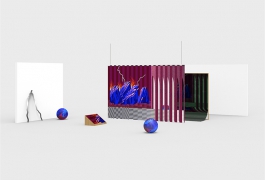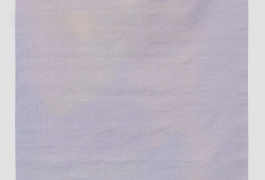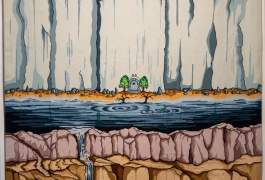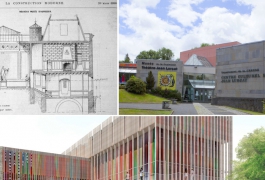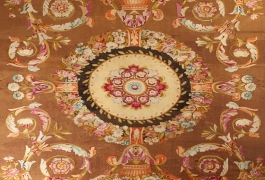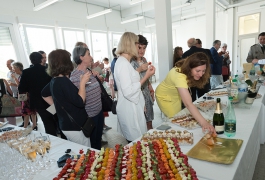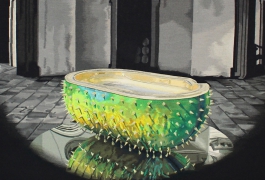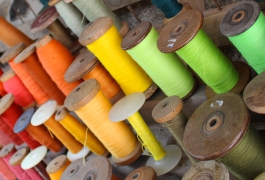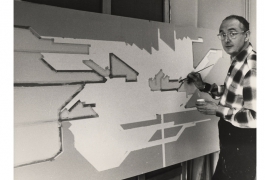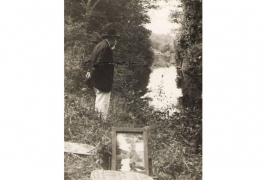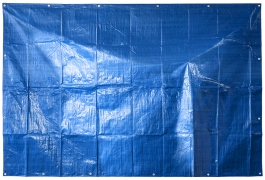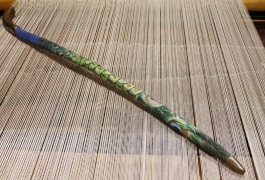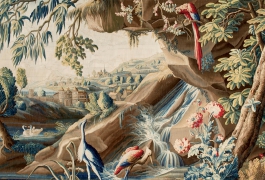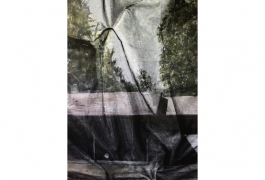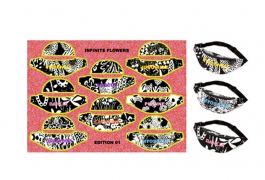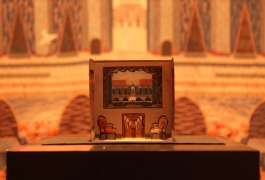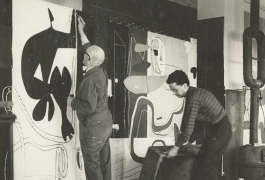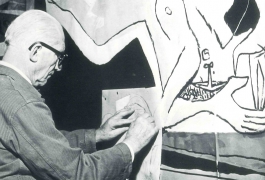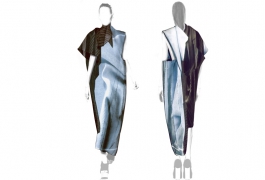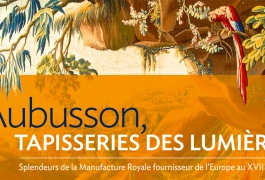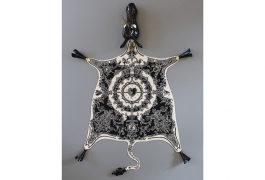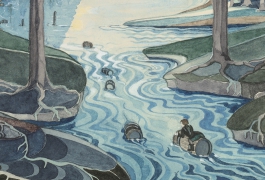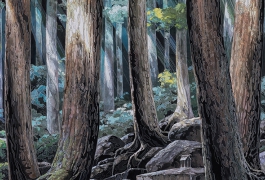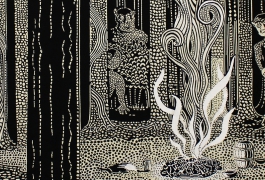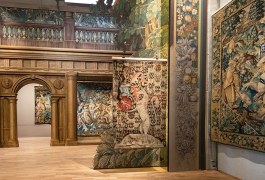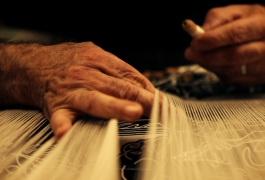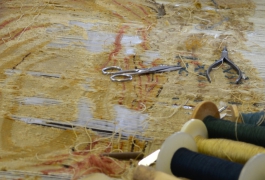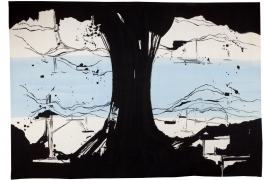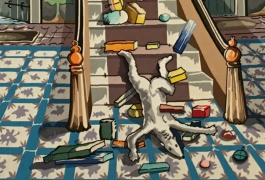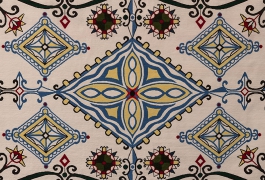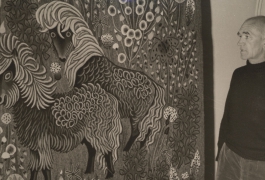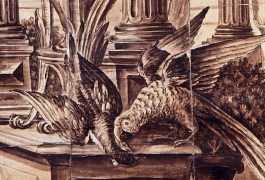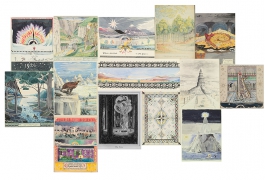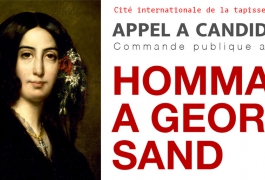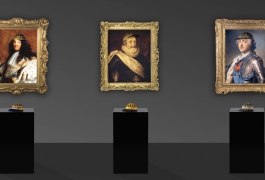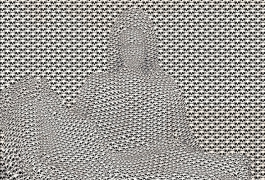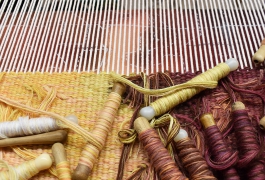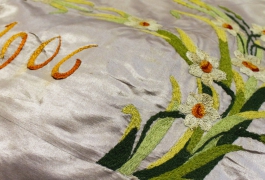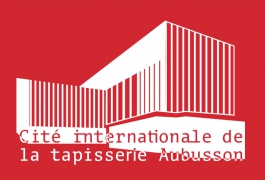Neolice poursuit la tradition du tissage d’Aubusson en l'ouvrant à la révolution numérique, au niveau du traitement de l’image, modèle de la tapisserie (carton), comme celui de la réalisation du tissage, sur métier mécanisé.
Fruit de la recherche d'un lissier traditionnel sur un métier Jacquard, le procédé de tissage de Neolice est unique. Le traitement numérique pour la mise à l'échelle et l'utilisation sur métier mécanisé de la maquette d'origine (un pixel pour un point de tissage) permet de substituer le dessin numérique au traditionnel carton, facilitant le travail à distance. En réduisant coûts et délais, Neolice répond à la demande de certains architectes, décorateurs et designers.
L'entreprise dispose d'un catalogue de tapisseries décoratives créées par des artistes, illustrateurs ou designers, mais propose également aux amateurs d’une décoration personnalisée de tisser leurs propres idées. De nombreux essais de tissages ont été réalisés en utilisant laine, coton, soie, bambou, lurex, fibres synthétiques, permettant de répondre aux demandes spécifiques et originales.
Visite de l'atelier et démonstrations sur inscription à l'Office de tourisme de Felletin (05 55 66 54 60)
Tél. : 05 55 66 39 14
Contacter Neolice par e-mail.
Découvrir les productions de l'atelier sur son site.
À l’opposé des procédés industriels de teinture, la teinturière Nadia Petkovic travaille à la main par apport progressif de pigments des trois couleurs primaires, pour réaliser des teintures en petites quantités avec un résultat optimal.
L'entreprise met son savoir-faire au service des professionnels du textile, de la tapisserie, du tapis ou de la broderie. Des milliers de coloris sont référencés, mais la teinturerie effectue la plupart du temps des recherches de couleurs sur commande et réalise des nuanciers personnalisés.
Poussez la porte de l'atelier situé au bord de la Creuse pour découvrir toutes les nuances proposées par la teinturerie. Pour les particuliers, la teinturerie dispose d'un magasin vendant la laine et la soie teintes au détail en écheveaux de 100 g.
Ouvert du lundi au vendredi de 8h30 à 17h30 (5 personnes maximum).
Tél. : 05 55 66 90 61
Contacter la teinturerie par e-mail.
Découvrir ce savoir-faire sur le site de la teinturerie.
Cette entreprise familiale transforme la laine en fils prêts à tisser, tricoter, etc.
La visite de la filature permet de découvrir toutes les étapes de préparation de la laine, du cardage au filage puis à la teinture.
Magasin d'usine ouvert du lundi au vendredi 9h-12h et 14h-18h30.
Visites sur rendez-vous auprès de Felletin Patrimoine Environnement (05 55 66 54 60).
Tél. : 05 55 66 44 88
Contacter la filature par e-mail.
Visiter son site.
Fondée en 1880, la Filature fonty est l'une des dernières filatures "familiales" de France.
Fabrication de fils en pure laine ou mélange, teinture en écheveaux sur toutes fibres.
Tél. : 05 55 67 06 04
Contacter la filature par e-mail.
Voir le site de la filature.
Carole Chiron-Saint-Cricq: démonstration de restauration, conservation de tapisseries et textiles anciens.
Ouvert au public gratuitement sur rendez-vous.
Tél.: 05 55 66 55 03
Contacter l'atelier par e-mail.
Visiter son site.
Restauration, conservation et nettoyage de tapisseries de toutes origines. Tapisseries contemporaines, copies d'anciens, tapis tufté, tapis ras, textiles anciens.
"Espace tapisseries" comprend l'atelier de restauration de tapisserie de Jean-Marie Dor, restaurateur textile, et sa galerie spécialisée à Aubusson.
Visite de l'atelier de restauration sur rendez-vous uniquement.
La galerie présente des tapisseries du XVIe au XXIe siècle (Jean Lurçat, Jean Picart Le Doux, Camille Hilaire...), des tapis contemporain (Jory Pradelle, Kim N'Guyen Planchon), des créations textiles (atelier Néolice à Felletin).
Galerie ouverte au public gratuitement, de mai à septembre du lundi au samedi 9h30-19h, d'octobre à avril du lundi au vendredi 9h30-18h30.
Tél. : 05 55 66 54 08
Contacter l'atelier et la galerie par e-mail.
Visiter le site.
Le carton est une peinture, une photo, un calque. C'est le modèle à l'échelle 1, inversé par rapport au résultat final de la tapisserie, qui guide le lissier sous les fils de chaîne du métier pendant le tissage.
Au cœur du quartier historique de la Terrade, Chantal Chirac restaure les cartons dégradés pour leur donner une nouvelle vie.
L'activité de Chantal Chirac a donné lieu à la naissance de l'association AM'CARTA, qui gère bénévolement un Atelier-Musée des cartons de tapisserie.
Visite payante de l'Atelier-Musée d'avril à octobre du mardi au samedi de 15h à 18h ou sur rendez-vous. En basse-saison, de novembre à mars, l'Atelier-Musée est ouvert le mardi et le samedi de 15h à 18h.
Tél. : 06 88 25 35 07
Contacter l'Atelier-Musée par e-mail.
Visiter le site de l'Atelier-Musée des cartons de tapisserie.
La Cité internationale de la tapisserie, Établissement Public Local, est habilitée à recevoir legs et dons.
En complément de ses recettes, des financements européens, de l'État et des collectvités locales, la Cité a besoin du généreux concours de mécènes et donateurs individuels qui, selon leur choix de dons en nature ou financiers, contribuent à l'excellence et à la renommée de la tapisserie d'Aubusson.
Appuyez un projet d'envergure internationale ; soutenez un événement artistique important pour la valorisation d’un patrimoine unique ; devenez acteur d’une chaîne culturelle et humaine ; contribuez à l’acquisition d’œuvres majeures ; participez à la sauvegarde et la restauration des collections ; favorisez l’accès à la culture pour le plus grand nombre, en prenant part à des actions de diffusion et d'éducation...
Quel que soit le montant ou la nature de votre don, il constitue une aide précieuse pour le rayonnement de la tapisserie d'Aubusson.
Soutenez la Cité et participez à son évolution !
Contactez-nous.
66 % du montant des dons viennent en réduction de l'impôt sur le revenu.
Vous pouvez également vous impliquer dans l'évolution de la Cité en devenant membre de la Société des Amis de la Cité internationale de la tapisserie.

